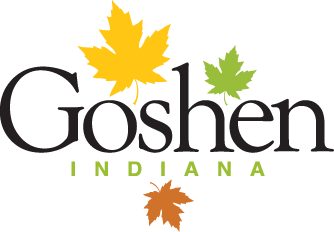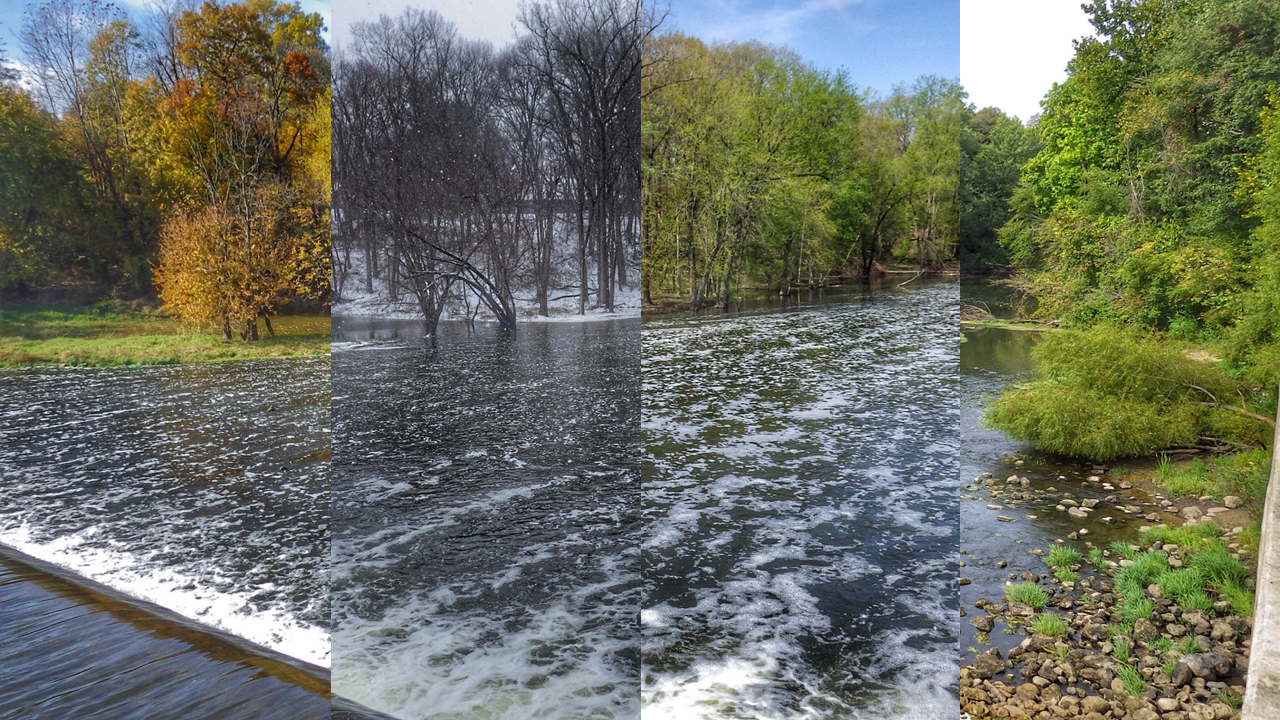
Post Construction and Stormwater Infrastructure Maintenance
Owner Responsibilities
Stormwater Infrastructure Examples
Frequently Asked Questions for PCSMPs
Inspection and Other Resources
Overview
Just like water or wastewater utility pipes and systems, stormwater infrastructure only does its job managing stormwater quantity and quality when the system is able to properly function. That means maintenance!
In Goshen, recently developed and redeveloped properties have a “Post-Construction Stormwater Management Plan” (PCSMP) recorded with the property. A PCSMP is a document signed by the owner of a newly developed or re-developed property that includes a legal maintenance agreement with the City of Goshen for stormwater measures tied to the property (installed either directly on, or to the benefit, of the property). Since this document is recorded with the County, it is tied to the property with maintenance responsibilities passing to new owners if the property is sold.
The bulk of the PCSMP however, is a guidance document for the operation and maintenance of stormwater measures. Proper functioning of stormwater measures is essential to reduce stormwater pollution and flood risks.
Use this page to understand your stormwater infrastructure maintenance responsibilities as a property owner and find how-to resources.
PCSMP Property Owner Responsibilities
If your property has a recorded PCSMP, these are the essential responsibilities outlined in the maintenance agreement:
- Maintenance
- Maintain stormwater measures on your property, or that service your property, per the guidance for each measure described in your PCSMP.
- Inspections
- Conduct self-inspections each year. The template “Inspection Report” provided as an Exhibit in your PCSMP is a great place to start to understand what should be inspected and when.
- Maintain inspection reports in your records for at least five years.
- Every five years, contract a 3rd part inspector to inspect stormwater measures on your property. Provide a copy of the inspection report to the City of Goshen Stormwater Department.
- An inspector from the City of Goshen will perform an inspection of stormwater measures on your property on a five-year cycle, or as needed when issues are observed.
- Corrective Actions
- Corrective actions should be taken within 60 days for issues identified in an inspection report (self, 3rd party, or City).
- If you do not believe repairs or corrective actions are needed you may submit a written appeal to the Board of Stormwater Management within 20 days of receiving an inspection report and letter.
- Sale of Property Notification Requirements
- In the event of the sale of the property, or a portion of the property, property owners are required to inform buyers of the existence of the PCSMP and its associated legal maintenance agreement.
Stormwater Infrastructure – A Couple Examples
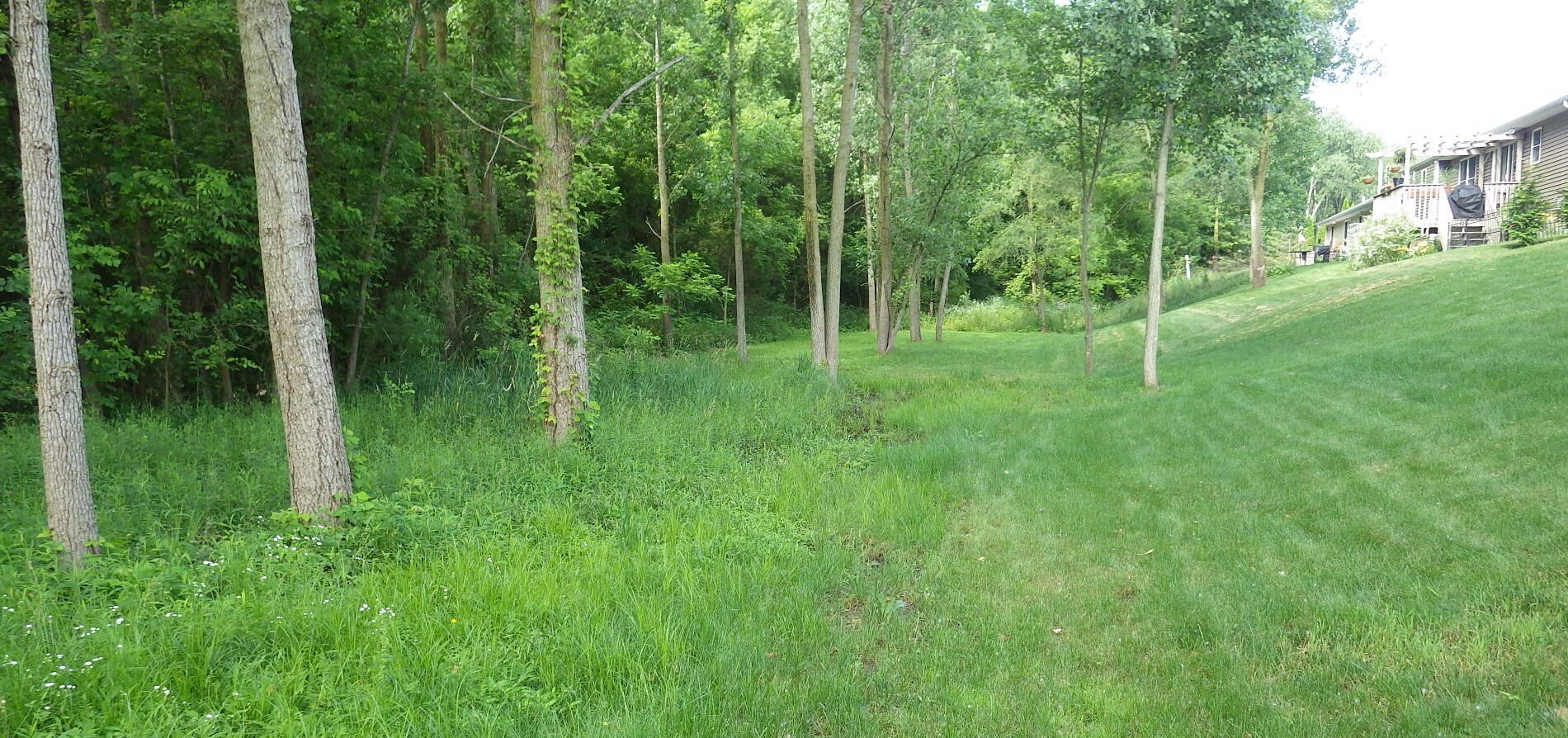
Photo: A stormwater swale with trees beginning to grow. We love trees, but we also love the saying “right tree, right place!” Trees in basins and swales can take up some of the volume a stormwater feature was designed for. This means less space for stormwater during a heavy rain event and which can increase the risks from localized flooding. Trees elsewhere can be a huge stormwater benefit! They slow water down with their leaves and infiltrate stormwater into the ground with their deep roots systems.
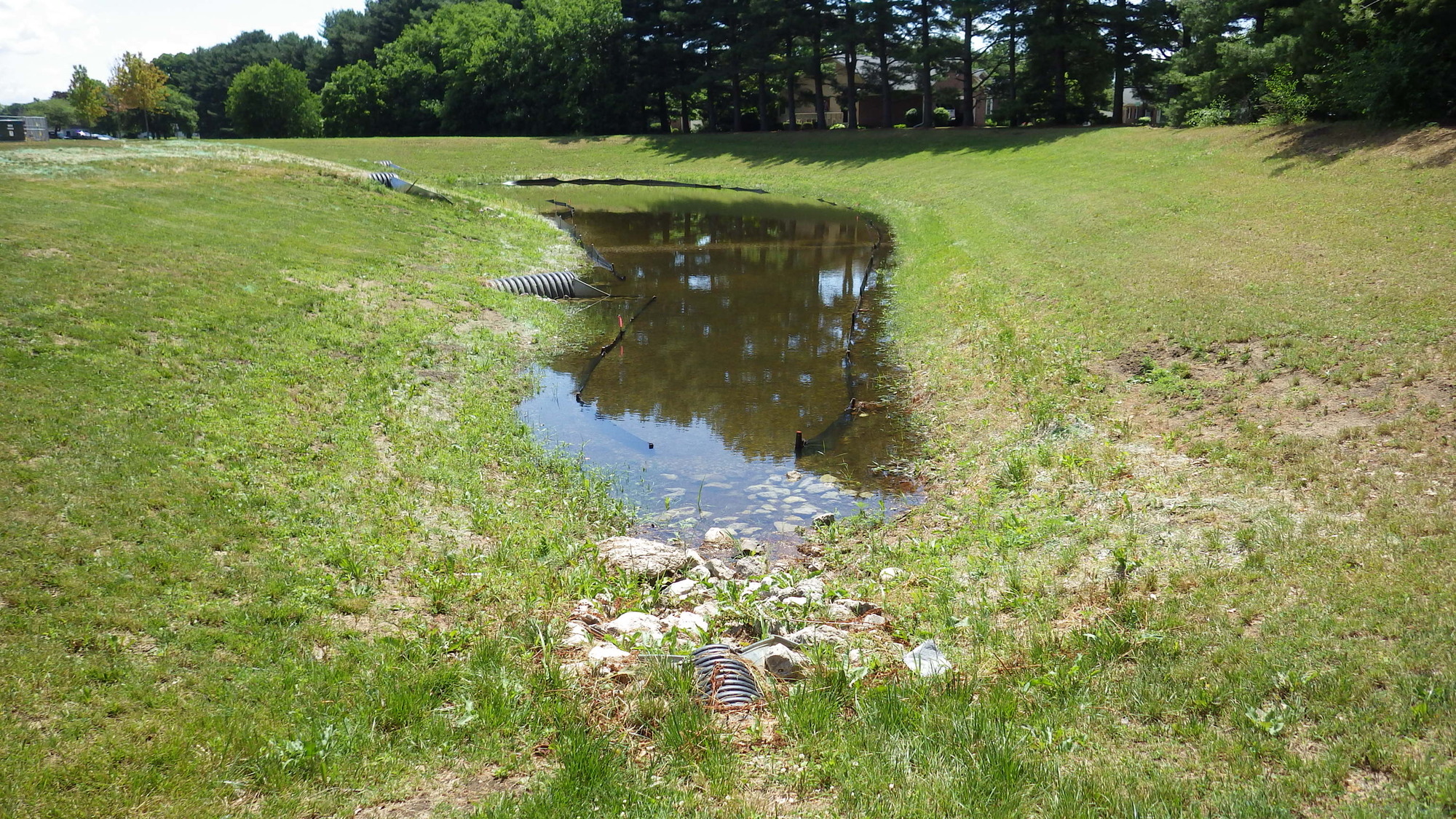
Photo: A stormwater basin holding water during dry weather. Overtime, and depending on stormwater management practices elsewhere on the property, fine sediment like silt can seal the bottom of basins and prevent them from draining. This can create an unsightly and mosquito-prone area, but it can also reduce the volume capacity of the basin. During major rain events, the basin might not be able to hold the amount of water it was designed to accommodate. A well functioning basin should drain dry within 24 hours.
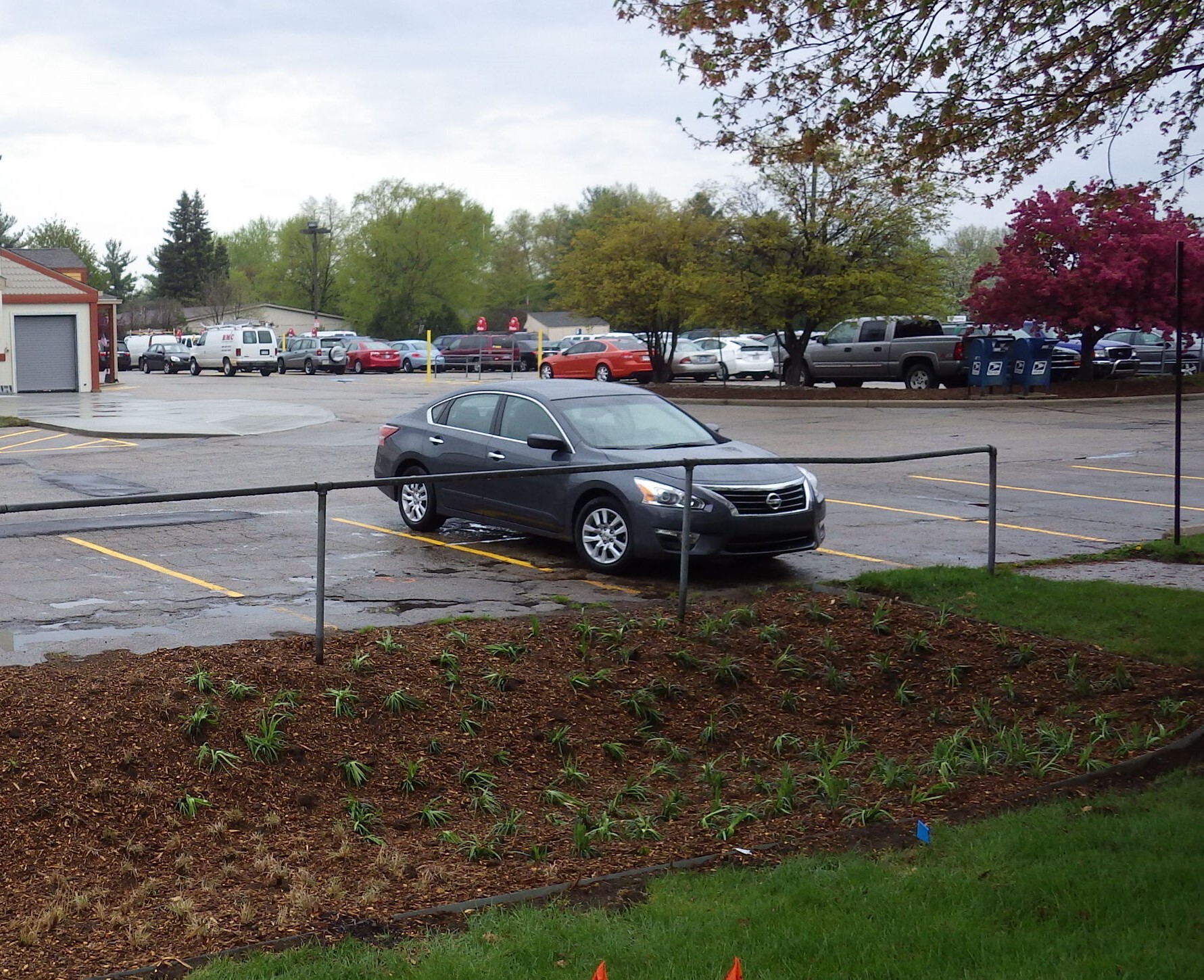
Photo: A horse hitching post with bioretention for stormwater quality control. Vegetation might be part of the stormwater infrastructure! More and more, the City and private property owners are trying to utilize and imitate the stormwater management tools offered by nature. Native plants and other vegetation can aid in stormwater infiltration and filter out pollutants. In this example, plants are used to treat E.coli contaminated runoff from a horse hitching post.
FAQs
What counts as stormwater infrastructure?
Stormwater infrastructure includes built infrastructure and landscaping meant to protect soils from erosion, redirect and hold stormwater runoff away from buildings and roadways, and/or filter out pollutants from stormwater.
Measures are sometimes obvious like stormwater basins, swales, storm drains, storm pipes, constructed wetlands or other built infrastructure, but other measures might be less noticeable. For example, parking lots with pervious concrete or asphalt may look like a regular parking lot, but are designed to drain stormwater.
Perhaps surprising to some, your properties’ landscaping may be a stormwater measure! Vegetated rain gardens or bioretention that look like common landscaping choices might be specifically constructed to soak in stormwater and/or filter stormwater pollutants like pesticides, fertilizers, and sediment. Generally, vegetation of any kind must be maintained on a property to anchor soils in place and prevent erosion during rain events.
Why does my property have a PCSMP?
The Clean Water Act designates communities in urbanized areas as Municipal Separate Storm Sewer Systems (MS4s) and tasks them with managing stormwater runoff. As an MS4 community, Goshen established a Stormwater Department which helps the City meet Federal and State requirements for stormwater runoff quality (pollution prevention) and quantity (flood control).
As part of these requirements, stormwater measures must be designed and installed for new and redeveloped properties and a plan for the operation and maintenance of those measures must be created and implemented. The PCSMP, and the maintenance agreement within, help property owners and the City meet their respective State stormwater permit requirements.
The Post-Construction program and its associated PCSMPs have been in place since 2006. Any property that was either newly developed or re-developed since that time should have a recorded PCSMP.
I am a property owner who cannot locate the PCSMP; where can I obtain a new copy?
The PCSMP is recorded with the County Recorder’s Office and can be obtained there along with other essential documents pertaining to your property. Alternatively, the City of Goshen Stormwater Department maintains copies for their own records and can make a copy upon request.
I am resident in a subdivision; how can I obtain a copy of my neighborhood’s PCSMP?
Maintenance of stormwater measures in many cases is coordinated by a Homeowner’s Association. They should have a copy of your neighborhood’s PCSMP or you can obtain a copy from the County Recorder’s Office/Goshen Stormwater Department as described above.
What happens if I fail to meet the requirements of the PCSMP?
In the event that a property owner fails to meet the requirements within their PCSMP, they may be subject to those actions outlined in the Maintenance Agreement section. This section references enforcement actions described in the City’s Post Construction Storm Water Management Ordinance (Ordinance #4329).
Who can I contact for help in understanding maintenance procedures for my stormwater measures?
City of Goshen Stormwater Department – (574)534-2201 or stormwater@goshencity.com
Resources
Printable overview and FAQ sheet
3rd Party Stormwater Infrastructure Inspectors (updated as of 8/3/2022)
- Apex: https://apexcos.com/
- Aqualis Stormwater Management: https://www.aqualisco.com/service/inspections/
- AECOM: https://aecom.com/
NOTE: The City of Goshen is working to expand our list of third party inspectors servicing our region. If you know of a local company or consultant, please alert stormwater@goshencity.com and we will add them to our list. The City of Goshen’s list is not an endorsement of any company contained herein.
Example inspection sheet (coming soon)
Stormwater Infrastructure Fact Sheets with Maintenance and Inspection Guidance
resources from University of Georgia
